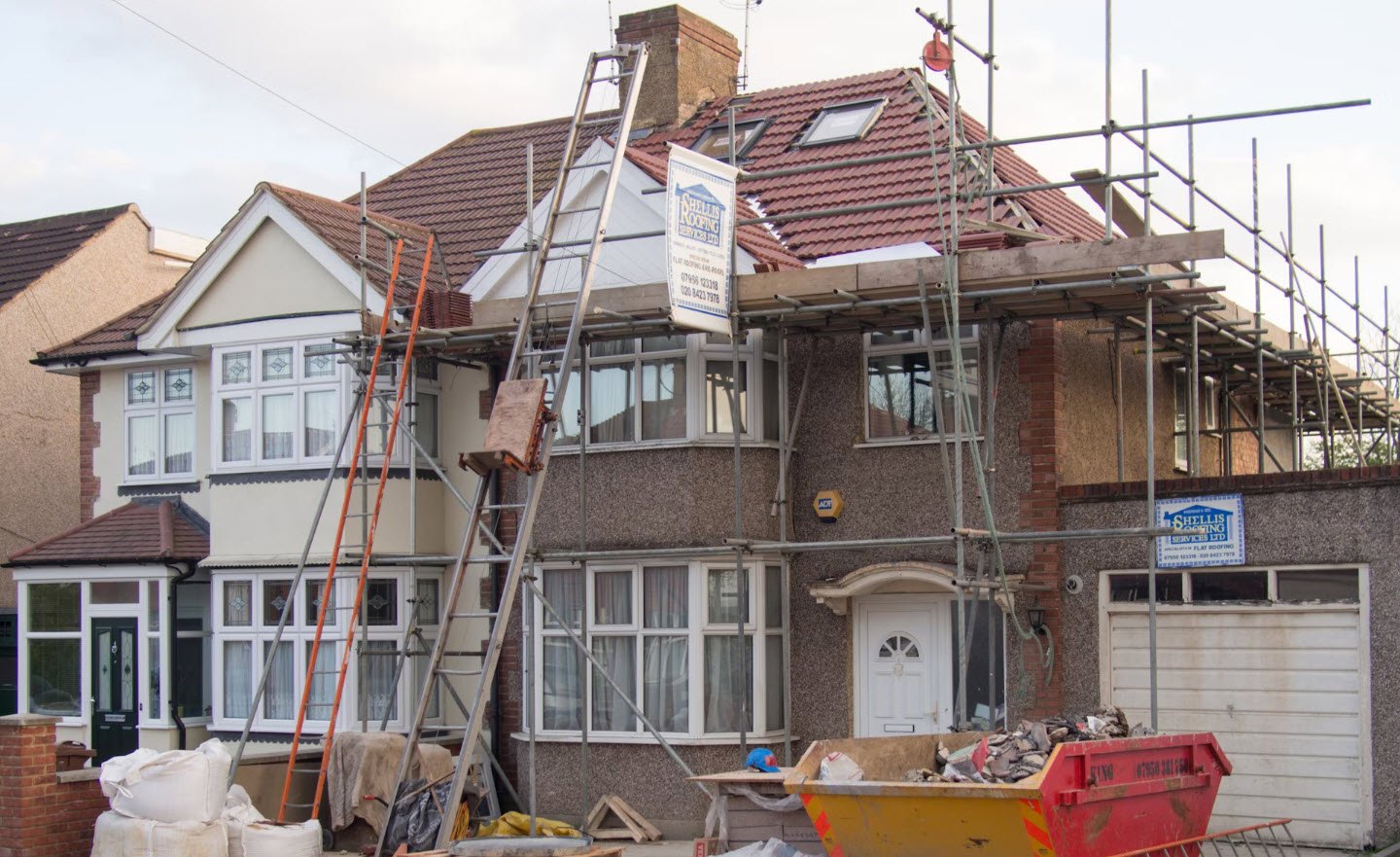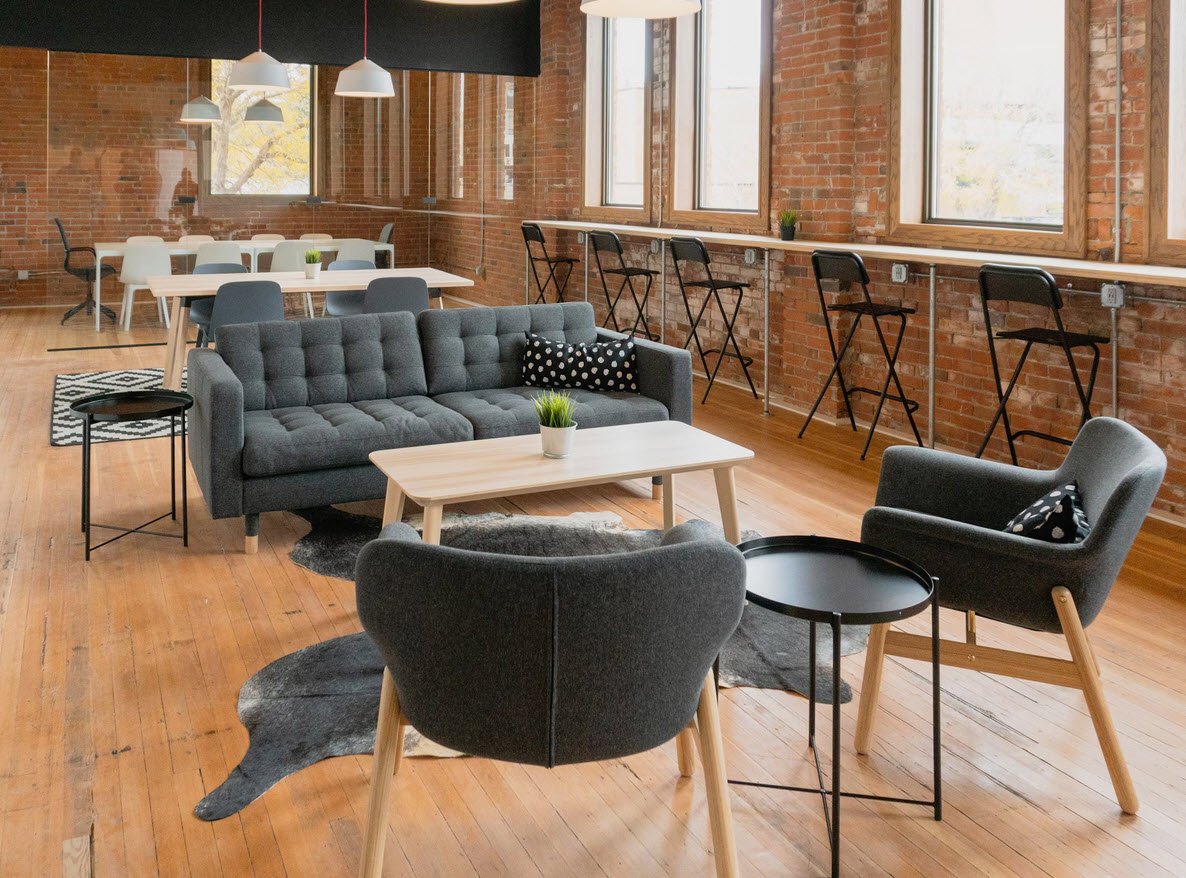
Ensuring the safety of your home is paramount, and when it comes to potential hazards, fire safety takes center stage. By implementing key measures and staying vigilant, you can significantly reduce the risk of home fires.
In this article, we’ll explore essential fire safety practices for different areas of your home, helping you create a safer living environment for you and your loved ones.
1. Smoke Detectors
Smoke detectors are your first line of defense against home fires. Install smoke detectors in strategic locations throughout your home, including bedrooms, hallways, and common living areas. Regularly test the detectors to ensure they are functioning correctly, and replace batteries at least once a year. In addition to standalone battery-operated detectors, consider interconnected systems that trigger all alarms when one detects smoke.
2. Chimneys
If you have a fireplace, routine maintenance of the chimney is crucial for fire safety. Schedule regular inspections and cleanings to remove creosote buildup, which can lead to chimney fires. Ensure that the chimney cap is in good condition to prevent debris and animals from entering. Using seasoned and dry wood for burning can also reduce the risk of creosote accumulation.
3. Dryers
Lint buildup in dryer vents is a common cause of home fires. Clean the lint trap after every use and regularly inspect and clean the dryer vent and ductwork. If you notice any signs of restricted airflow or excessive lint, address the issue promptly. Proper ventilation not only reduces fire risk but also improves the efficiency of your dryer.
4. Space Heaters
While space heaters can provide additional warmth, they require careful use to prevent fire hazards. Keep space heaters at least three feet away from flammable materials, such as curtains and furniture. Never leave a space heater unattended, and turn it off when leaving the room or going to sleep. Additionally, ensure the heater has a tip-over switch that automatically turns it off if knocked over.
5. In the Kitchen
The kitchen is a high-risk area for home fires, primarily due to cooking-related incidents. Never leave cooking unattended, and keep flammable items, such as dish towels and paper towels, away from stovetops and ovens. Regularly check and clean the exhaust hood and duct over the stove to prevent grease buildup. Ensure that all appliances are in good working order, and replace any frayed or damaged cords.
Conclusion
Home fire safety is a responsibility that should not be taken lightly. By incorporating these measures into your routine, you can significantly reduce the risk of home fires and create a safer living environment for you and your family.
Regular maintenance of smoke detectors, chimneys, dryers, and space heaters, coupled with prudent practices in the kitchen, can make a substantial difference in preventing fires and minimizing potential damage. Remember, a few simple precautions and consistent awareness can go a long way in ensuring that your home remains a haven of safety and security.
You may also like:- Don’t Buy A House In These 5 US Cities
- A Guide to Prepare for Your First Home Purchase
- A Comprehensive Guide to Saving on Major Appliances
- How to Save on Home Improvement – Cost-Effective Tips for Enhancing Your Space
- Practical Tips and Strategies for Saving Money on Furniture Purchases
- 51 House Cleaning Shortcuts to Save Time and Effort
- 5 Signs of a Good Air Duct Cleaning
- Tenant’s Guide – 5 Things to Remember When You Move In
- 7 Simple Reasons Why You Need a Network Security Camera for Your Home
- Fire Safety Checklist for Home – A Comprehensive Guide








